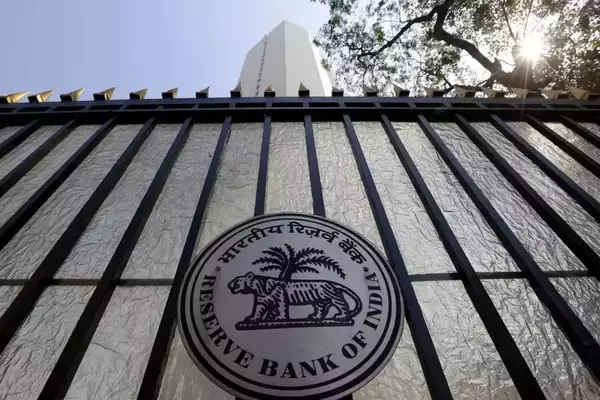A recent study by the Reserve Bank of India (RBI) shows that priority sector lending (PSL) improves the overall asset quality of banks, particularly after the asset quality review conducted in 2015.
Key Findings of the RBI Study
- Improved Asset Quality: PSL growth enhances banks’ asset quality, leading to better management of non-performing assets (NPAs).
- PSLCs (Priority Sector Lending Certificates): The introduction of PSLCs has enabled banks to specialize in certain PSL segments, boosting the share of PSL in total bank credit.
- PSL Growth Consistency:
- Lending to the priority sector has consistently exceeded 40% across various periods and bank categories.
- Public Sector Banks (PSBs) regularly meet their agricultural lending target of 18%.
- Private Sector Banks (PVBs) have improved their performance, especially in meeting the 7.5% sub-target for micro-enterprise lending.
- Both PSBs and PVBs: Meet their targets for lending to weaker sections.
What is Priority Sector Lending (PSL)?
- Objective: To ensure credit access for vulnerable sections of society and underdeveloped areas, particularly in sectors that are creditworthy but struggle to access formal financial services.
- PSL was formalized in 1972.
- Targets: Banks are mandated to allocate a portion of their Adjusted Net Bank Credit (ANBC) or Credit Equivalent of Off-Balance Sheet Exposure (CEOBE) to PSL.
- Scheduled Commercial Banks and Foreign Banks: 40% target.
- Regional Rural Banks and Small Finance Banks: 75% target.
- Urban Cooperative Banks: 65% in FY 2024-25, increasing to 75% by FY 2025-26.
Categories Under Priority Sector Lending
- Agriculture
- Micro, Small, and Medium Enterprises (MSMEs)
- Export Credit
- Education
- Housing
- Social Infrastructure
- Renewable Energy
- Others
Impact of Wider Bank Reach
- Banks with more brick-and-mortar branches show higher disbursement of PSL loans, particularly at the grassroots level.
- Greater bank reach positively influences the share of loans directed to priority sectors.
Historical Context
- PSL was formalized in 1972 to direct credit flow to sectors that, although creditworthy, struggle to access formal financial services.
Ref: Source
| UPSC IAS Preparation Resources | |
| Current Affairs Analysis | Topperspedia |
| GS Shots | Simply Explained |
| Daily Flash Cards | Daily Quiz |
Frequently Asked Question:
What is Priority Sector Lending (PSL)?
PSL ensures credit access for vulnerable sections and sectors that struggle to secure formal financial services despite being creditworthy.
How does PSL affect the asset quality of banks?
According to the RBI study, PSL growth improves banks’ asset quality by aiding better management of non-performing assets (NPAs).
What are Priority Sector Lending Certificates (PSLCs)?
PSLCs allow banks to trade in PSL credits, helping them specialize in certain segments while meeting their overall lending targets.
What are the PSL targets for Public Sector Banks (PSBs) and Private Sector Banks (PVBs)?
Both PSBs and PVBs have a target of allocating 40% of their Adjusted Net Bank Credit (ANBC) to PSL, with sub-targets for agriculture, micro-enterprises, and weaker sections.
How do banks with more branches perform in PSL?
Banks with extensive brick-and-mortar branches show higher disbursement of PSL loans, especially at the grassroots level.



